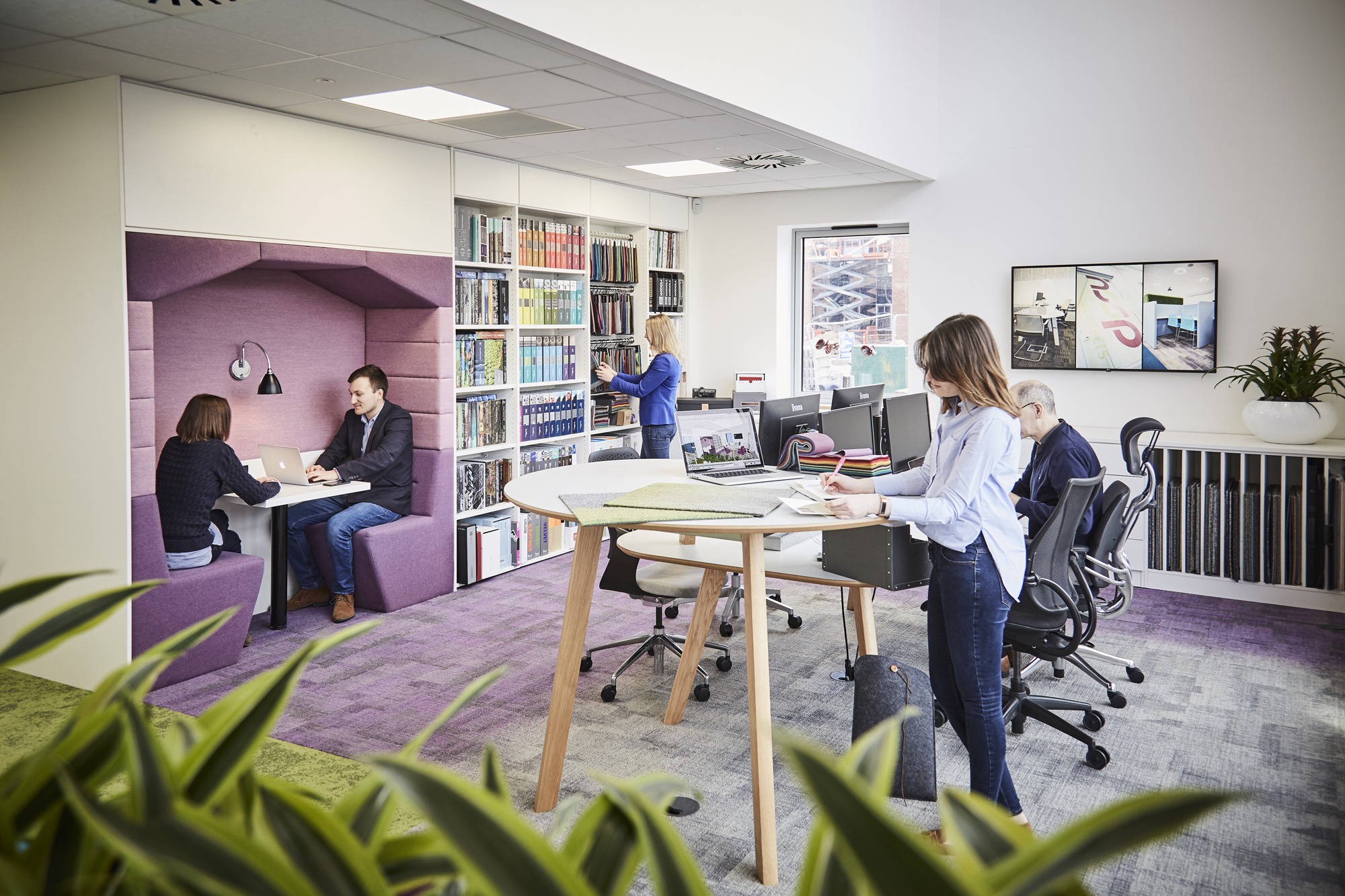11th Sep 2020
3 Changes for a Safe Return to the Office
After a long stint of forced workplace closures, more employers are asking their people to return to the office following the latest government guidelines.
Most companies will have office space at the top of management meeting agendas, and the pace of change in office design is accelerating faster than ever!
So how do you accommodate a safe return to work? Here, we’ll look at research into the top 3 office changes that business leaders expect to make to bring people back safely.
We’ll also share some insights on what we’ve learned from welcoming our own team back to the office. We haven’t made major layout changes, and neither have many of our clients.
The common theme is that we all promote agile working – or hybrid working as it’s now being called. It’s what we’ve always believed is the best way to work, and COVID has simply accelerated this message further and faster.
Here are some fundamental changes you can make to create an agile office space where your people feel safe and secure.
Change #1 More modular, flexible furniture
Steelcase found that 58% of decision-makers thought they’d need more modular, flexible furniture to be able to safely return to work.
Modular furniture is common in agile workspaces as it‘s easy to rearrange and adapt to meet the needs of your team. We like to use it to create activity-based workspaces and often incorporate it into our clients’ office designs.
One of our favourite pieces of flexible furniture in our office at WorkLife Central is the Co. Table by Connection. It’s always been well-used but has come into its own while our team is a combination of remote and office-based. We’ve been able to host socially distanced meetings around the table. And we use a digital screen at the end of the space to present remotely, or for team members who are working from home to dial in.
Ergonomic furniture is also increasing in popularity for employers putting their peoples’ wellbeing first. There are many documented benefits of standing desks so they’re a firm favourite!

Change #2 Using shared spaces safely
Research consistently shows that people have missed the experience of working together, face-to-face, over the last few months. It’s also true that working with remote colleagues is much easier when you’ve made the initial connection in person.
Interaction is a fundamental human need, so it’s important to offer communal spaces where teams can get together.
So how can you create safe shared spaces that facilitate these connections?
Technology is absolutely essential here if you’re going to successfully connect people from several locations. Video conferencing, audio, acoustic and lighting features can all be used to create a seamless ‘hybrid’ meeting experience.
Of course, there are certain things you can do to ensure the people in the space together are as safe as possible too. Steelcase provide more detail in their report.
Change #3 Physical separation
According to Steelcase, 84% of employers said they expect to physically separate their people’s individual workstations.
This doesn’t have to mean simply separating desks though. It’s much easier to make sure your people can keep a safe distance apart while offering an inspiring space to work in with an agile office design.
Take a look at this video tour of WorkLife Central where Chloe explains how we’ve welcomed our people back to the office with relative ease.
As Chloe explains, since general lockdown was lifted back in May our team have been able to safely use our office. It’s been an easy transition because we designed the space to promote agile working. This meant we didn’t need to change the layout to meet the guidelines.
All of our workspaces are activity-based so we’re able to stay apart easily. Of course, spaces are cleaned frequently in between uses.
We’d love to show you around! Arrange a visit here.
The future of the workplace
The reality of the situation is that Covid-19 has changed the future of the workplace. But the office definitely isn’t dead!
Surveys show that many employees want to come back so they can be around other people and collaborate in ways that just aren’t possible remotely.
In fact, in a study by McKinsey & Company, 40% of respondents said that permanent remote working wouldn’t work for over three quarters of their team. So for lots of businesses it just isn’t a viable long-term solution.
Enable your team to safely return to the office
For more personalised advice on getting your team back in the office, get in touch for a chat with one of our experienced team.
We’ve also pulled together more tips and advice for the return to the office in both the long-term and the short-term in our comprehensive back to work guide. Download it here.